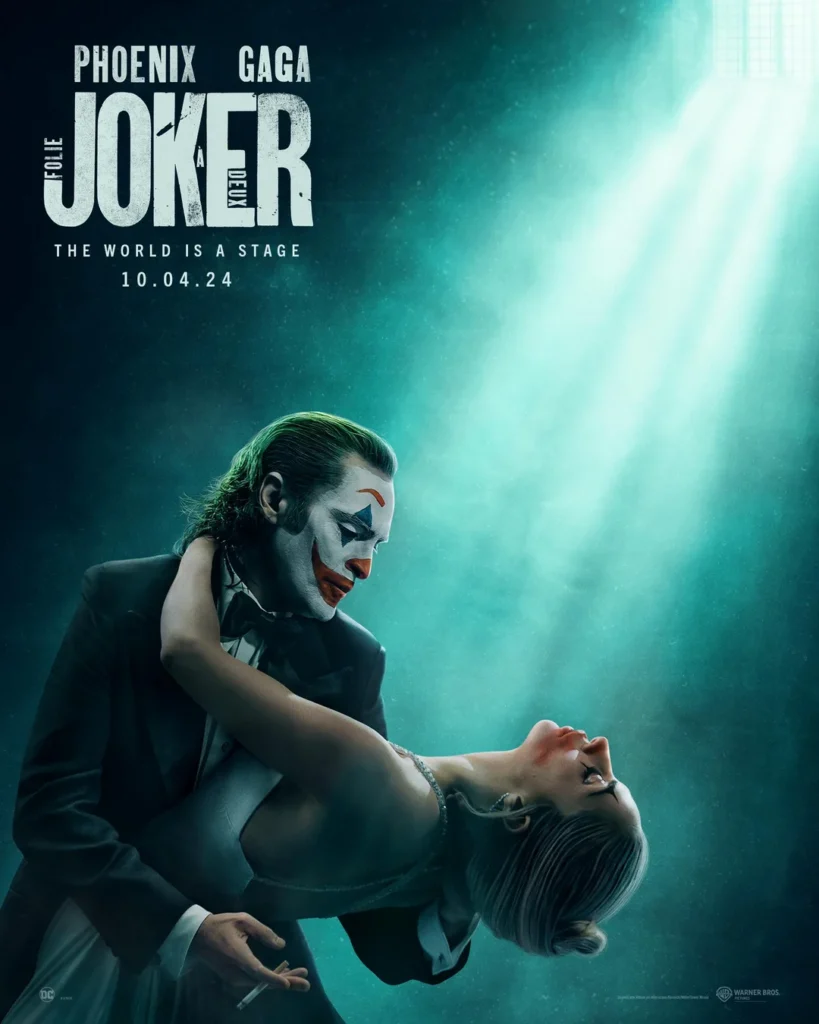“Joker: Folie à Deux” extends the disturbing narrative of Arthur Fleck to a point where it can no longer be extended. We find him trapped in a double bind, caught between his lived reality and the weight of his Joker persona—a “brand” that was initially his means of escape, his line of flight, now confines him.
The film shows the dark side of “branding,” when brand becomes totalizing, when an identity becomes locked into a fixed image. Arthur is torn between the quiet, visceral experiences of his life—his suffering, humanity, and needs as a person—and the pressure to embody the Joker brand, which the world demands of him.
On the surface, it seems like the different characters he interacts with want different things from him. But aren’t those different things pieces (or positionings) of the same persona? Everyone wants a piece of the Joker. Everyone wants their own positioning of this brand. We should perhaps extend this statement to the audiences of the film, as well.
The Joker must recognize that he contains multitudes, that he contains non-Joker elements within him (to realize that he is not-not the Joker). This becomes difficult when the main female character, Lee, wants him to play the role of her narcissistic extension. You could argue that Arthur ultimately does escape by shedding his brand.
“The child,” “the future,” and “the living” could refer to aspects of human existence that cannot be reduced to a fixed identity. Arthur’s prohibition—the mandate to deny these transformative forces—reflects a submission to a death drive. A complete, total submission to brand turns us into both victims and perpetrators.
